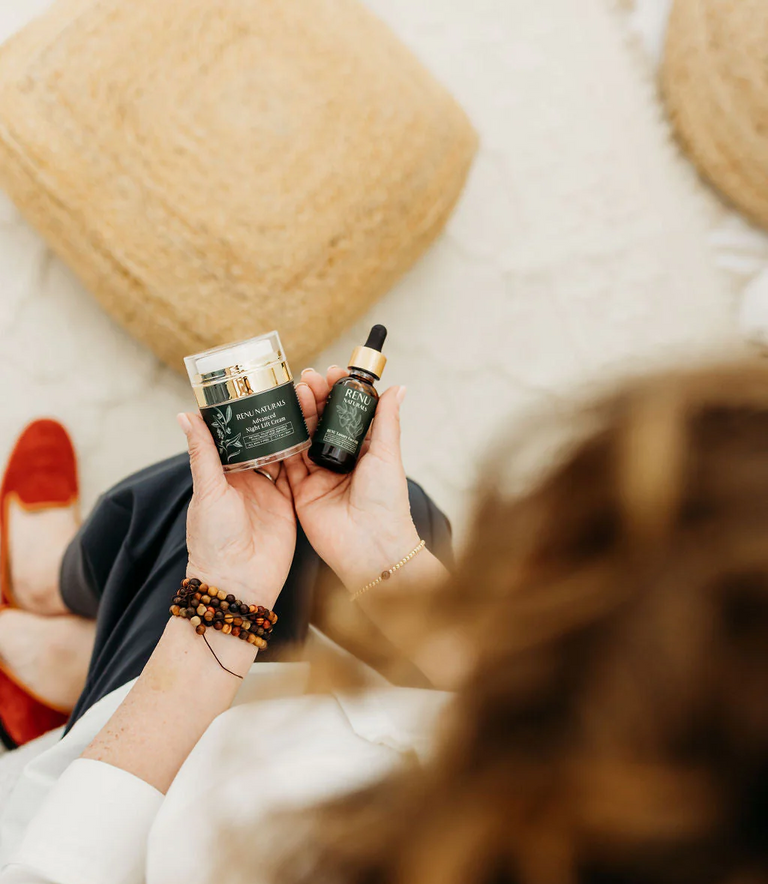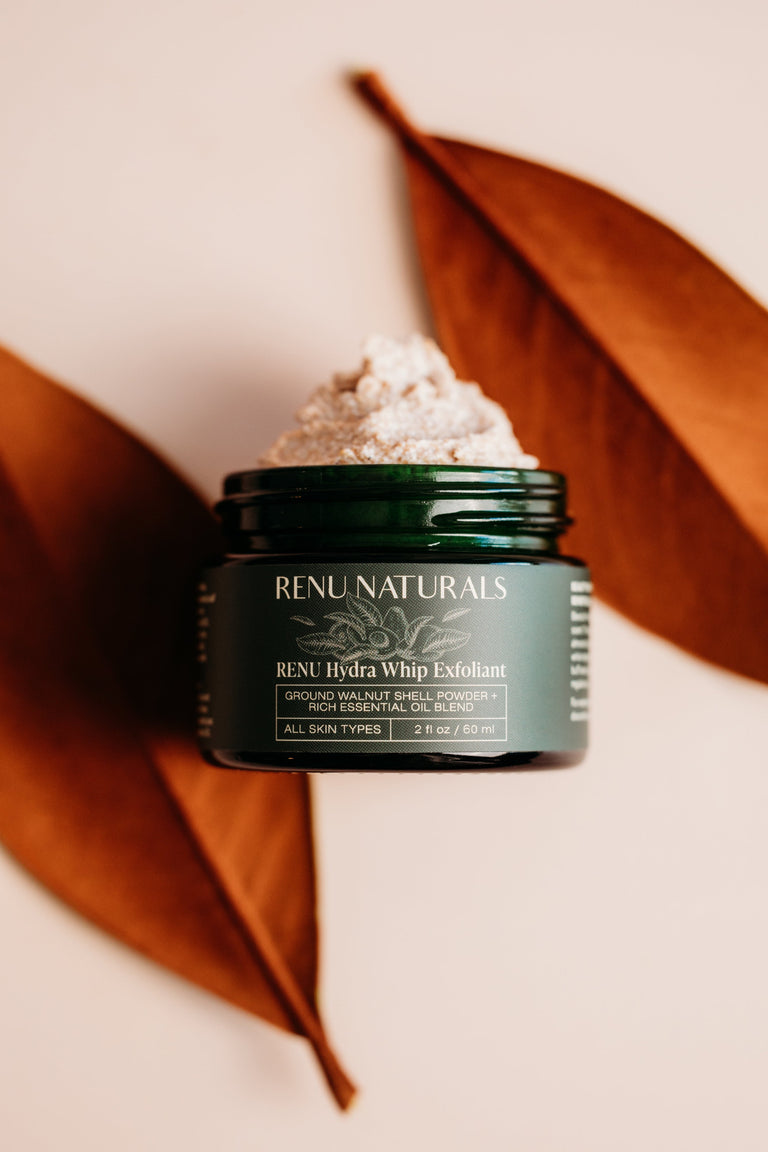Does Your Skincare Actually Sink In? The Truth About Product Penetration
Ever wondered if the skincare products you are investing in are actually being absorbed by your skin? Never mind the associated costs and the desired results, let's delve into the reality of ingredient penetration and absorption to deliver on those stated claims.
Let’s take a look at the function of the skin, our largest organ, and how it operates as our protective barrier.
The skin is made up of three layers:
- The epidermis, known as the waterproof barrier, sits at the top. Within the epidermis is the stratum corneum, which is made up of dead skin cells arranged like tiles on a roof, overlapping one another and glued together with fatty acids.
- The dermis is the middle layer of the skin and where elastin, collagen, connective tissue, blood vessels, hair follicles, and sweat glands reside.
- And finally, the bottom layer of the skin is called the hypodermis, the innermost layer of the skin that comprises fat and connective tissue.
When talking about skincare products, it's important to note that skin is not a sponge. "Most topical skincare products work on the surface of the skin, in the epidermis (top layer), and only a small percentage of ingredients are absorbed deeper to reach the dermis," confirms board-certified dermatologist Dr. Shereene Idriss.
This is because the stratum corneum, with its tight network of cells and lipids, is designed to keep things out, acting as a formidable barrier against the outside world.
Factors Affecting Absorption:
While the skin's barrier function is a primary factor, other elements influence how well skincare products penetrate:
- Molecule Size: Smaller molecules have a better chance of passing through the stratum corneum.
- Lipophilicity: Ingredients that are "oil-loving" (lipophilic) can more easily integrate with the skin's lipid-rich environment.
- Concentration: A higher concentration of an active ingredient may lead to increased penetration.
- Formulation: The way a product is formulated (e.g., serum, cream, ointment) affects its ability to deliver ingredients.
- Skin Condition: Compromised skin barriers (due to dryness, irritation, or conditions like eczema) may allow for greater penetration.
- Application Technique: Gentle massage can sometimes enhance absorption by increasing blood flow and contact time.
Ingredients That Actually Penetrate:
While most ingredients stay on the surface, some have been shown to penetrate the stratum corneum to some extent. These include:
- Small Molecular Weight Ingredients: Hyaluronic acid (in its smaller forms like hyaluronate), certain peptides, and some vitamins (like Vitamin C) can penetrate to a degree.
- Vitamins: Other vitamins like Vitamin A derivatives (beyond just retinol, such as retinyl esters) and Vitamin E can also penetrate to some extent. Niacinamide (Vitamin B3), although primarily known for its barrier-strengthening properties, can also penetrate the stratum corneum.
- Lipophilic Ingredients: Retinoids (like retinol) are oil-soluble and can effectively penetrate the skin.
- Chemical Exfoliants: AHAs (like glycolic and lactic acid) and BHAs (like salicylic acid) work by loosening the bonds between skin cells, allowing for better penetration of other ingredients.
- Enzymes: Certain enzymes, like papain or bromelain (derived from papaya and pineapple, respectively), can have exfoliating effects and potentially enhance the penetration of other ingredients by breaking down proteins in the upper layers of the skin.
-
Squalane: (From Olive Oil): A highly emollient lipid that is easily absorbed into the skin.
Glycolic Acid: Another AHA and a potent chemical exfoliant that penetrates the stratum corneum. - Calophyllum Inophyllum Seed Oil: (Tamanu): An oil known for its ability to penetrate the skin.
-
Essential Oils: Some essential oils contain compounds that may enhance penetration, like Lavender, Lemongrass and Citrus Oils.
- Carrier Systems: Some formulations use "carrier systems" like liposomes or microencapsulation to help deliver ingredients deeper into the skin.
Tips for Maximizing Product Absorption:
While you can't drastically alter your skin's natural barrier, you can optimize your skincare routine to improve product absorption:
- Cleanse Properly: Start with a clean base using Lactic Acid, An AHA that exfoliates and can enhance the penetration of other ingredients.to remove dirt, oil, and debris that can hinder absorption.
- Exfoliate Regularly: Gentle exfoliation (physical or chemical) removes dead skin cells, allowing products to penetrate more effectively.
- Apply Products in the Right Order: Apply thinnest to thickest. Serums with smaller molecules should generally go on before heavier creams.
- Use Targeted Treatments: Serums and concentrates often have higher concentrations of active ingredients designed for better penetration.
- Consider Occlusives: Applying a layer of an occlusive like the RE+NU Luxury Beauty Oil as the last step can help to seal in other products and enhance their absorption.
- Be Patient and Consistent: Results take time. Consistent use of well-formulated products is key.
The Takeaway:
While your skin is a powerful barrier, certain ingredients and formulation techniques can help skincare products penetrate beyond the surface. Understanding the factors that affect absorption can help you make informed choices about your skincare routine and maximize the benefits of your products.
What are your favorite tips for maximizing skincare absorption? Share them in the comments below!


